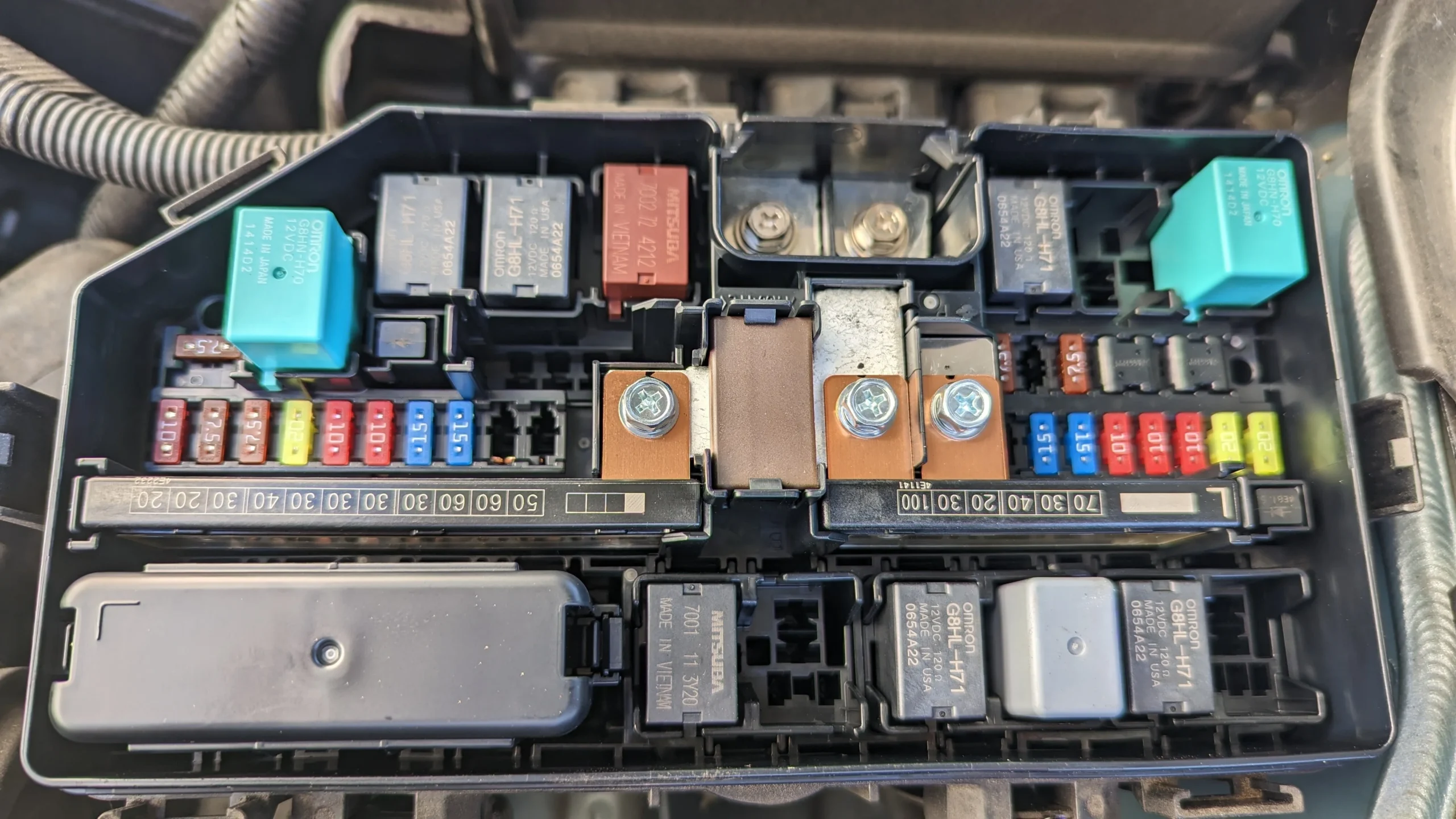The Honda CR-V is known for its reliability and versatility, but like any vehicle, it can encounter issues that leave you stranded. One frustrating situation is when your CR-V refuses to start despite the battery being in good condition. This problem can be puzzling, especially when all signs suggest the electrical system should work.
Understanding why your Honda CR-V won’t start involves looking beyond the battery and exploring other potential causes. From ignition system problems to fuel delivery issues, many factors can prevent your vehicle from starting.
In this detailed guide, we’ll walk you through the possible causes, troubleshooting steps, and solutions to get your car back on the road. Whether you’re dealing with a starter malfunction, a faulty sensor, or something else, this guide will equip you with the knowledge to diagnose and address the issue effectively.
Common Causes
When the battery is functioning correctly, the issue likely lies elsewhere in the vehicle’s starting or operating systems. Here are some of the most common reasons your CR-V might not start:
1. Starter Motor Issues
- The starter motor is responsible for cranking the engine. If it fails, the engine won’t start even if the battery is fully charged.
- Symptoms include a clicking sound when turning the key or no sound at all.
2. Ignition Switch Problems
- A faulty ignition switch can prevent power from reaching the starter motor or other critical components.
- Signs include the dashboard lights not illuminating or intermittent starting issues.
3. Fuel System Malfunction
- If the engine doesn’t receive fuel, it won’t start. This could be due to a clogged fuel filter, a failing fuel pump, or empty fuel lines.
- Symptoms include a cranking engine with no ignition.
4. Security System Interference
- Modern Honda CR-V models have advanced security systems that may prevent the car from starting if a key or transponder malfunction occurs.
- The security light on the dashboard may flash, indicating an issue.
5. Faulty Sensors
- Sensors like the crankshaft position sensor or camshaft position sensor play vital roles in engine timing. If these fail, the engine may not start.
- Symptoms include misfiring or no response when turning the ignition.
6. Corroded or Loose Connections
- Even if the battery is good, loose or corroded connections can impede power flow to the starter and ignition systems.
- Symptoms include flickering lights or intermittent starting.
7. Bad Alternator
- While the alternator primarily charges the battery during operation, a failing alternator can indirectly cause starting issues by not maintaining the battery’s charge properly.
- Signs include dim headlights or warning lights on the dashboard.
Diagnosing the Problem
Step 1: Check for Dashboard Lights
- Turn the key to the “On” position without starting the engine.
- Look for illuminated dashboard lights, including the check engine light. Their absence might indicate a problem with the ignition switch or wiring.
Step 2: Listen for Noises
- Pay attention to sounds when turning the key. Clicking noises often point to a starter issue, while complete silence may indicate a problem with the ignition or wiring.
Step 3: Inspect the Fuel System
- Turn the key to the “On” position and listen for the fuel pump priming (a faint humming noise). If you don’t hear it, the fuel pump might be faulty.
Step 4: Test the Starter Motor
- If you suspect the starter motor, tap it gently with a wrench or hammer while someone else turns the key. This can sometimes jolt a failing starter into action temporarily.
Step 5: Verify Security System Functionality
- Check for flashing lights or warning messages related to the security system. Ensure you’re using the correct key for the vehicle.
Fixing the Issue
1. Starter Motor Replacement
- If the starter motor is confirmed to be faulty, it will need to be replaced. The cost can range from $200 to $600, including labor.
2. Repairing the Ignition Switch
- A damaged ignition switch may need repair or replacement. This process typically costs between $100 and $300.
3. Fuel System Repairs
- Addressing fuel delivery issues may involve replacing the fuel filter, pump, or injectors. Costs vary depending on the component but can range from $50 to $800.
4. Reprogramming the Security System
- If the issue lies with the security system, a dealer may need to reprogram the key or reset the system.
5. Cleaning or Tightening Connections
- Corroded or loose battery terminals can be cleaned with a wire brush. Tighten connections securely to ensure proper power flow.
6. Sensor Replacement
- Replace faulty crankshaft or camshaft position sensors if they are causing starting problems. These components typically cost $100 to $250 each.
Preventative Maintenance
Regular maintenance can help prevent starting issues:
- Inspect Battery and Terminals: Check for corrosion and ensure connections are tight.
- Test the Starter and Alternator: Periodically have these components tested during routine servicing.
- Maintain the Fuel System: Replace the fuel filter as recommended by your owner’s manual.
- Address Warning Lights Promptly: Never ignore dashboard warning lights related to the engine or security system.
- Use the Correct Key: Ensure you’re using a properly programmed key for your CR-V.
When to Call a Professional
If troubleshooting doesn’t resolve the issue or you’re unsure about performing repairs, it’s best to consult a qualified mechanic. Complex problems like ignition switch failures or security system malfunctions often require specialized tools and expertise.
A Honda CR-V that won’t start despite a good battery can be caused by various issues, including starter problems, ignition system failures, or fuel delivery malfunctions. Diagnosing the problem involves a systematic approach to identifying symptoms and addressing underlying causes. While some fixes are straightforward, others may require professional intervention.
By understanding the potential causes and taking preventive measures, you can reduce the likelihood of encountering starting problems in the future. Always prioritize safety and consult a professional if you’re uncertain about any aspect of the repair process.


